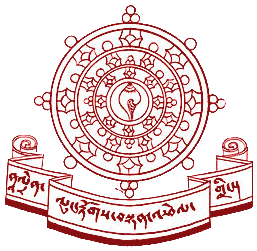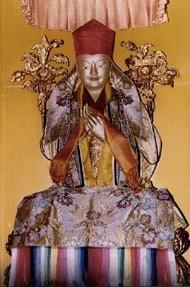The original Nalanda University was established and flourished in India from the 5th to the 12th centuries. It was a prestigious academic and meditation institute where many famous Indian Buddhist scholars and meditators such as Padmasabhava, Virupa, Naropa and Atisha studied.
The work of these scholars formed the source material of the four major schools of Tibetan Buddhism: Nyingma, Kagyu, Sakyapa, and Gelugpa. In 1436, in recognition of Nalanda University's contribution to Tibetan Buddhism, the great Sakya Tibetan scholar and meditation master, Rongton Sheja Kunrig (1367-1449), founded Pal Nalanda Dharma Institute at Phenpo, Central Tibet.
This prodigious institute graduated six thousand Tibetan scholars within the lifetime of its founder. Pal Nalanda Dharma Institute flourished until it was forcibly closed by Chinese communists during the 1949 invasion and subsequent occupation of Tibet.
In the last 40 years, Buddhist meditation, studies and values have been widely introduced and are blossoming at an accelerated pace in the West. The dedicated efforts of Buddhist scholars, combined with modern communications, have helped many Westerners realize the practical benefits of Buddhist practice. Due to these factors, it is timely to reestablish and preserve the tradition of scholarly investigation coupled with meditative practice developed at the original Nalanda Institutions. The Nalanda Institute (USA) honors the legacy of its predecessors, while enlarging the scope of traditional programs to include themes relevant to current American culture.


